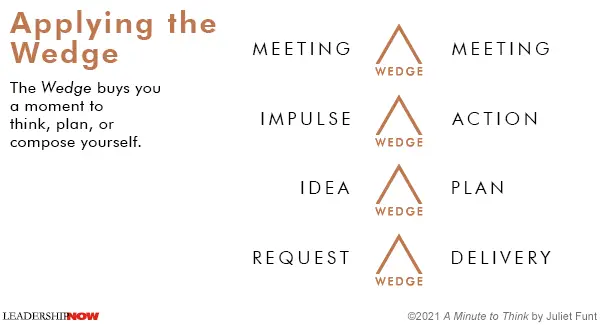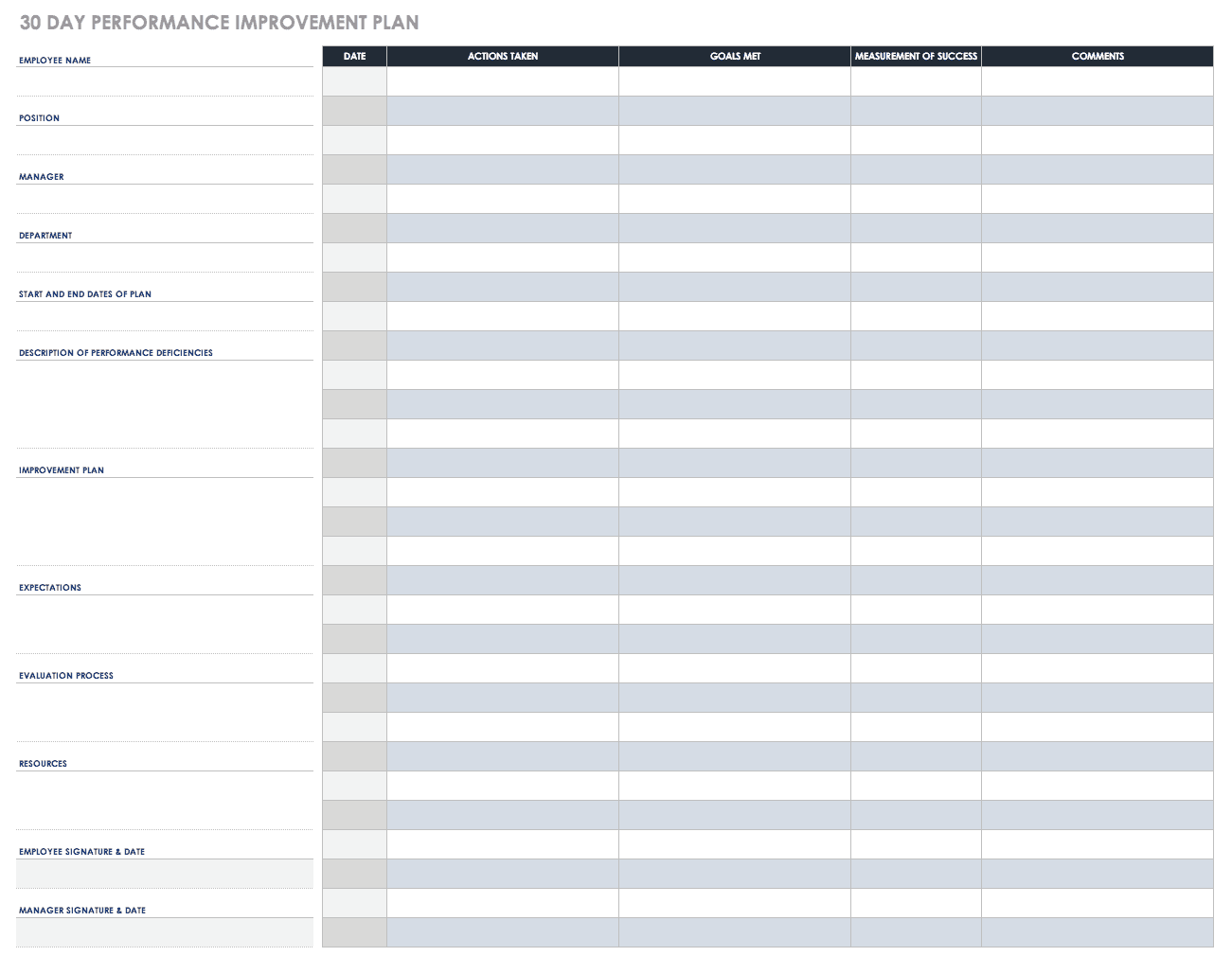
Ivanhoé Cambridge, the owner of Oakridge Centre, one of Vancouver, British Columbia’s most successful malls, is planning to redevelop the center into a true mixed-use complex.
.jpg)

This article highlights three of these complex mall redevelopment projects: sites that are being redeveloped with a mix of uses, links to surrounding neighborhoods, and transit connections.
#LEADERSHIP AND PERFORMANCE SHOPPING MALL PROJECT MANAGEMENT FULL#
But increasing density and adding a full mix of uses that includes residences, as well as a street grid that connects with existing streets and transit, is even more challenging. Redeveloping a mall with structured parking or new uses like entertainment, a hotel, restaurants or office buildings can be a challenging undertaking. But even when a transit line is up and running, some developments fail to make the most of their transit connections, leaving shoppers and visitors to hike without wayfinding signs through long, lifeless tunnels, upstairs and then down, or out in the broiling sun, the rain or snow. If the transit is already there, it should be easier. Redeveloping a mall to include good connections to bus rapid transit (BRT) or rail is risky if the transit is only “planned,” since some communities have reversed transit construction decisions, taken decades to complete a new transit system, or failed to deliver a good product.

Successful redevelopment covers a spectrum from spruce-ups and new stores to starting over at the same site with new buildings, streetscapes and diverse uses, new links to surrounding neighborhoods and new approaches to transportation. MALL OWNERS, faced with shifting consumer preferences or newer competition, regularly confront the need to remodel and redevelop - or lose shopping traffic, retail sales and, eventually, tenants. Successful malls in Vancouver, Los Angeles and elsewhere are being redeveloped as mixed-use complexes with better linkages to transit and surrounding communities.


 0 kommentar(er)
0 kommentar(er)
